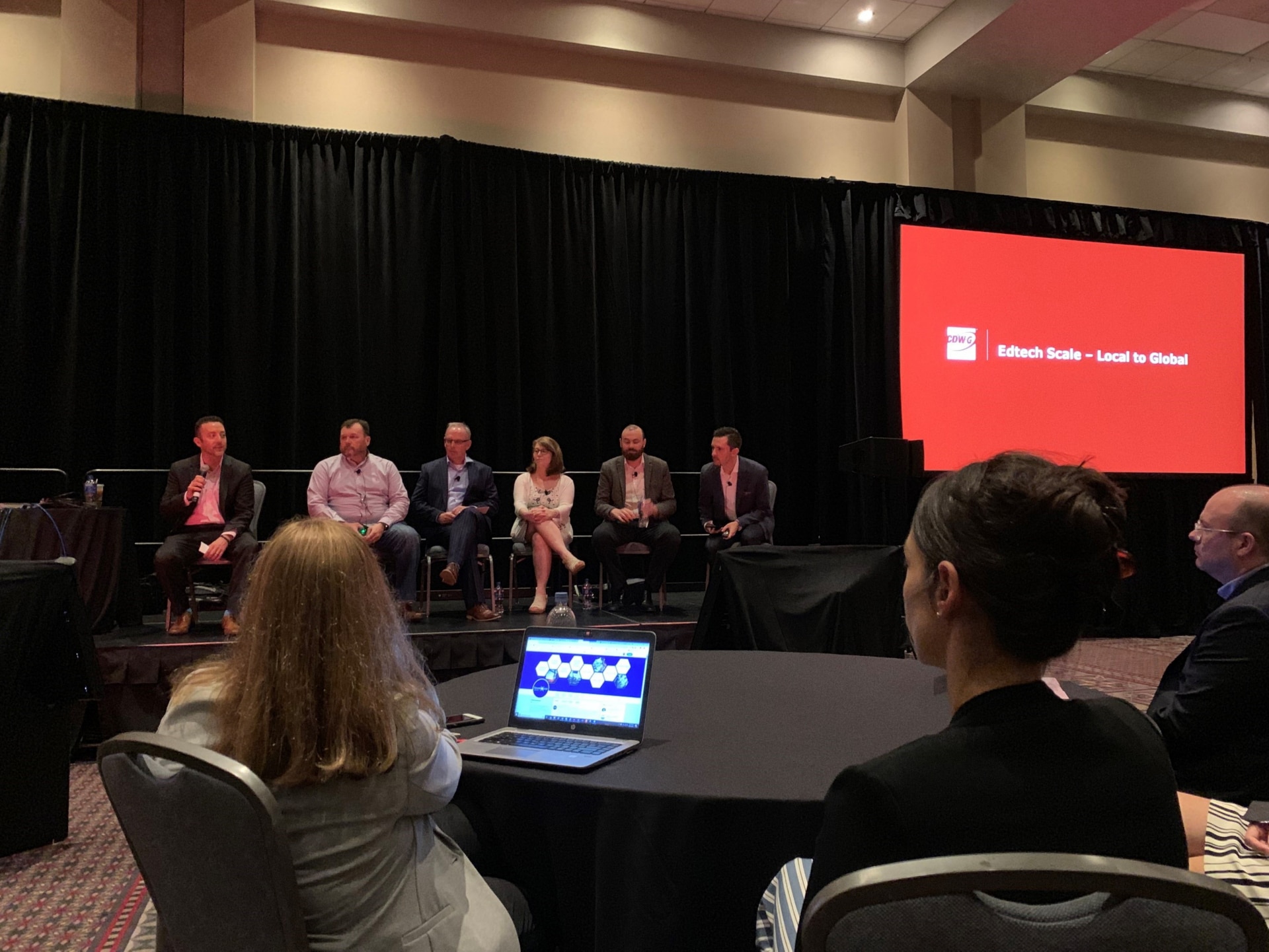July 10, 2019
K-12 Experts' Thoughts on the Future of Education Technology
K12 administrators, educators and market experts highlightedinfrastructure upgrades to combat education equity issues and the increased useof communication software in classrooms as some of the most prominent currenttrends in education

K12 administrators, educators and market experts highlightedinfrastructure upgrades to combat education equity issues and the increased useof communication software in classrooms as some of the most prominent currenttrends in education.
K12 needs technology that is people-centric and can be quickly usedwithout a lot of friction by students and teachers, and that is alsoenterprise manageable, Peter Koczera, senior manager of education strategy andtransformation at CDW, told attendees atthe International Society for Technology in Education's 2019 annual conference in Philadelphia. A lot of companiesare thinking through how students and teachers really would use this.
Screencasting Is Prominent in Classroom Redesign
One of the core tenets of an active-learning classroomis offering students and teachers the freedom to move around the classroomand use the space to engage with lessons.
Screencasting, according to the panelists, has been a popularintegration for K12 schools looking to give teachers the mobility theyneed to take a more active approach toeducation.
For a teacher, not being tethered to the front of the classroom where thatwhiteboard is it's a game-changer, said Tracy Smith, assistant to thesuperintendent for operations at Parkland School District in Pennsylvania.
Teachers were not the only ones to enjoy the new technology. Teachers incorporatedscreencasting to allow students to share their work, creating a moreimmersive experience.
What surprised me was that they are giving students the reins to casttheir work, said Smith. This has really changed the dynamic of the classroom.It's not just the teachers doing the casting, it's the students too.
What started at the Parkland district's high school quickly expanded tobecome a systemwide adoption after administrators recognized how successful thetechnology proved to be.
During this rollout, Smith said she learned slower is faster whenit comes to classroom redesigns. It's important to start with a pilot, identifysuccess points, measure and either expand or adjust depending on the results.Regardless, patience is a virtue.
U.S. market reports mirror Smith's enthusiasm for screencasting. About 50percent of the demand for screencasting is coming from North America, BenDavis, senior education market analyst at Futuresource told attendees. We'reexpecting significant adoption of about four times that in the next couple ofyears.
Networking Addresses Technology Integration and ClassroomEquity
When Smith pushed screencasting out across her district, she found having arobust infrastructure became a top priority. Thissentiment was echoed by many of the panelists, who agreed the demand from newdevices, classroom software and data analytics will force K12 schools totake a hard look at their current bandwidth.
Panelists highlighted one issue in particular where updating infrastructurecould help: closing the education equity gap.
At the Limestone School District in Kingston,Ontario, administrators implemented a two-to-one technology program to helplower-income students complete online assignments. Doing so meant upgradingtheir network to allow for the additional strain.
We've moved from a spoke network, where the internet came from the schoolnetwork office, to an SD-WAN infrastructure, where each site is its ownnetwork, said Alistair Macleod, Limestone District School Board member.
Looking forward, panelists said they expect that new iterations ofbandwidth will have significant impacts on classroom equality.
"We're talking about how we can really bridge the equity gap, saidSmith. 5G is very exciting."
To learn more about the latesttechnology solutions for K-12 classrooms, visit CDW.ca/education



